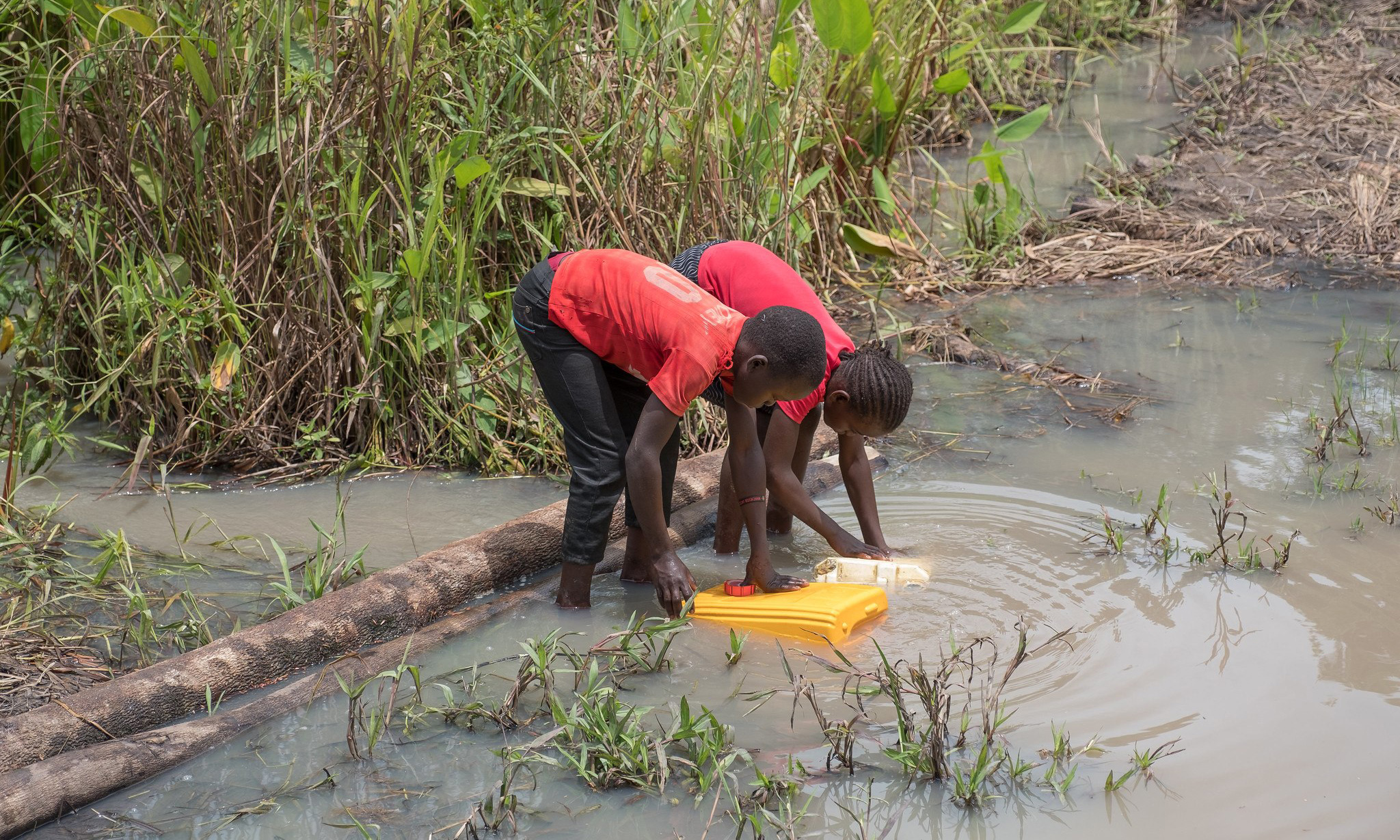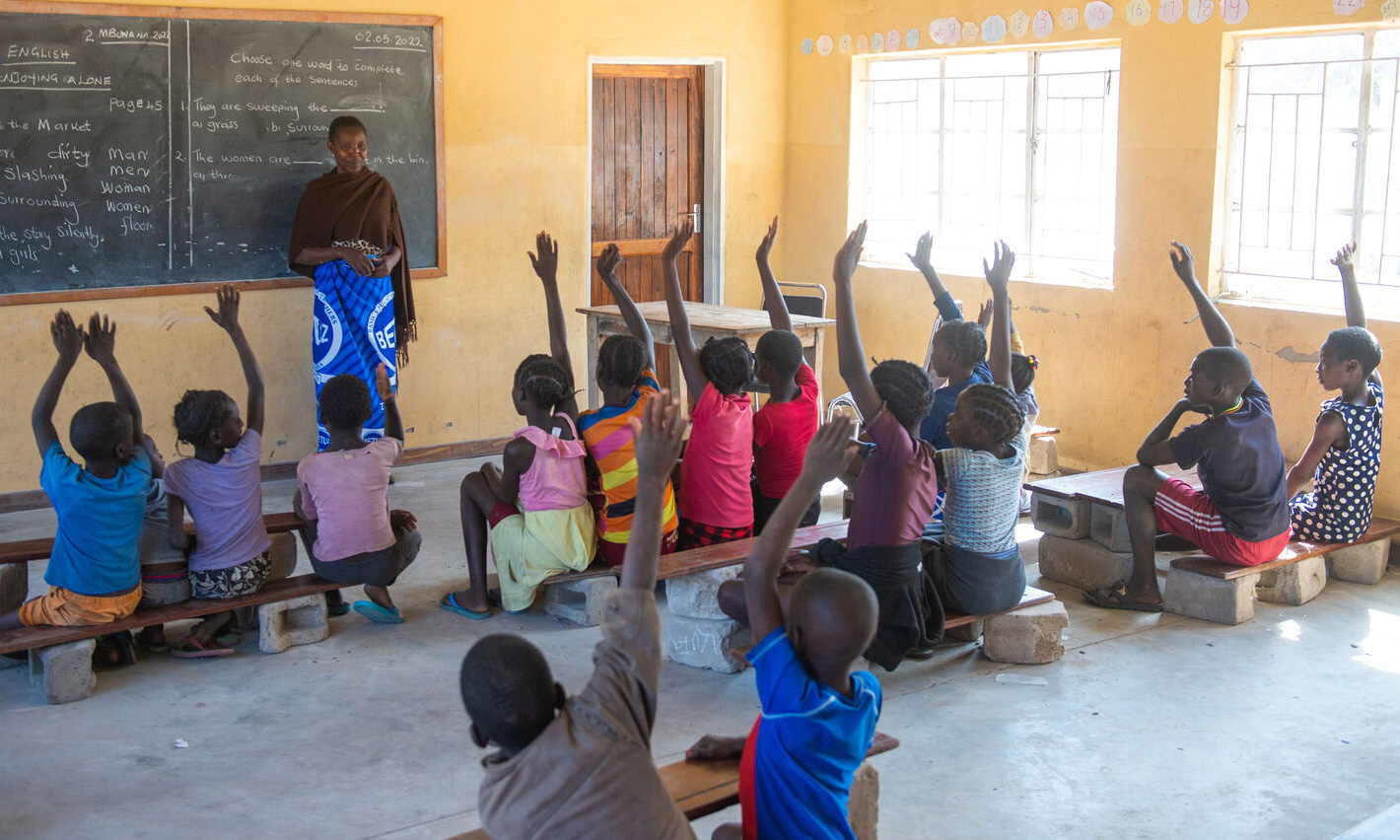How do Water and Education Go Hand-in-Hand?

Water and education — they may seem unrelated, but they go hand-in-hand. For too many teachers and students, access is not as simple as walking down the hall to the water fountain. In fact, one out of three schools around the world do not have access to water, impacting nearly 556 million school children.
What does this mean?
Kids often must walk miles to fetch water before school.
In the rural communities where we serve, it’s common for families to live without a reliable source of water at home. Often, it’s the responsibility of women and children to make daily treks to the nearest water source.
Adolescent girls miss out on a full education.
Without access to proper and private latrines, young girls are often forced to miss class.
Kids cannot wash their hands.
We know this well — without access to handwashing stations or proper sanitation, we’re more likely to spread diseases. It’s estimated that about 700 children die daily due to illnesses linked to unsafe water, sanitation, and hygiene while half a million people die yearly to diseases that could have been prevented with proper sanitation.
Last year alone, CMMB helped improve access to clean water for 263,819 people around the world. We provide direct support to communities to dig solar-powered borehole wells, install indoor plumbing—and construct handwashing stations, rainwater catchment systems, latrines, and much more.
World Water Week: A Day at the Kanyumbwana Primary School in Zambia
On World Water Week, we join our global community to reflect on the inequitable access to water around the world, celebrate the impact we have made to expand resources, and commit to the long road ahead to achieve access for all. At CMMB, our reflections led us to the Kanyumbwana Primary School.
Located in a remote community of Zambia, the school lacks the resources to provide safe water to its students. The community helps by delivering buckets of water on oxcarts. But this is not a sustainable solution for the school’s 216 students.
The head teacher says that despite the challenges his students face, they are eager learners and committed to building bright futures for themselves. Imagine what they could do with reliable access to water, sanitation, and hygiene? We can—and that’s why we’re working every single day to help reach children with access to clean water at home, school, and within their communities.

